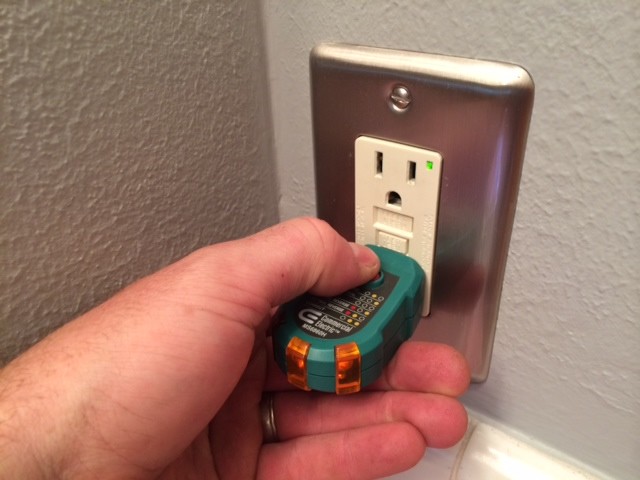
Home inspections are an essential aspect of purchasing real estate. Not only do most lenders require one before they’ll finalize a mortgage loan, but without a home inspection you may end up with property that has a host of pricey problems.
When you find out about potential issues ahead of time, you have the opportunity to rquest fixes before you buy, or to lower your price in anticipation of additional costs following your purchase. You may also elect to simply search for another home.
It is important to understand that no home is perfect, and that your home inspector will likely have some findings. Which types of problems are deal breakers, though? You might think that outdated electrical or plumbing infrastructure is cause to look for other options, but you could find such problems in any number of properties.
In fact, there are certain issues uncovered frequently during home inspections, so giving up on your dream home might not allow you to avoid common problems. Here are just a few of the most common deficiencies you’re likely to uncover during a home inspection.
-
Homes lacking Current Building Standards
When you move into a new home, or at least one that’s new to you, chances are you’re going to want to make some changes. These could be simple cosmetic fixes like new paint and flooring, or you may want to increase the number of outlets in every room, or build additions onto your house for increased square footage.
You’re not alone in wanting to make a good home perfect for the family that lives there. Unfortunately, not everyone goes to the trouble of hiring a home inspector to ensure that the changes they’re making comply with current building codes.
As a result, your home inspector may discover any number of minor or major code violations that should be fixed before the sale can go through. Keep in mind that older homes that don’t necessarily meet current codes may be grandfathered in – they won’t trigger code violations until walls are opened and changes are made.
-
Poor drainage
Some lots aren’t properly graded from the get-go. Others suffer erosion. Structures can also settle over time. The end result in all cases could be poor drainage around the property.
Ideally, water should run away from your home. When poor drainage conditions exist, standing water can accumulate or water can run toward the home, collecting around the foundation. This could cause issues like leaking or moisture in the basement, damage to foundations, and issues like mold and rot. Unfortunately, this is far from uncommon, but it can be addressed by re-grading the property.
-
Faulty wiring
Modern consumers are big fans of electronics, and this can increase the demand on electrical components in the average home. Older homes that feature outdated wiring may not be able to keep up.
Rather than replacing all of the old wiring in a structure, homeowners may resort to haphazard upgrades that place a dangerous load on the existing electrical system. A home inspection may discover such issues and call for fixes or an additional inspection by an electrician.
-
Faulty plumbing
Outdated infrastructure is extremely common in older homes, and aging plumbing can lead to problems like leaks, clogs, and weak water pressure, all of which a home inspection could uncover.
-
Roof damage
Most homeowners don’t get up top to check out the roof very often, and they may neglect to hire professionals to inspect the roof regularly. This could lead to issues like damaged shingles or flashing, resulting in leaks, the incursion of pests, or other serious problems that your home inspector will inform you of.